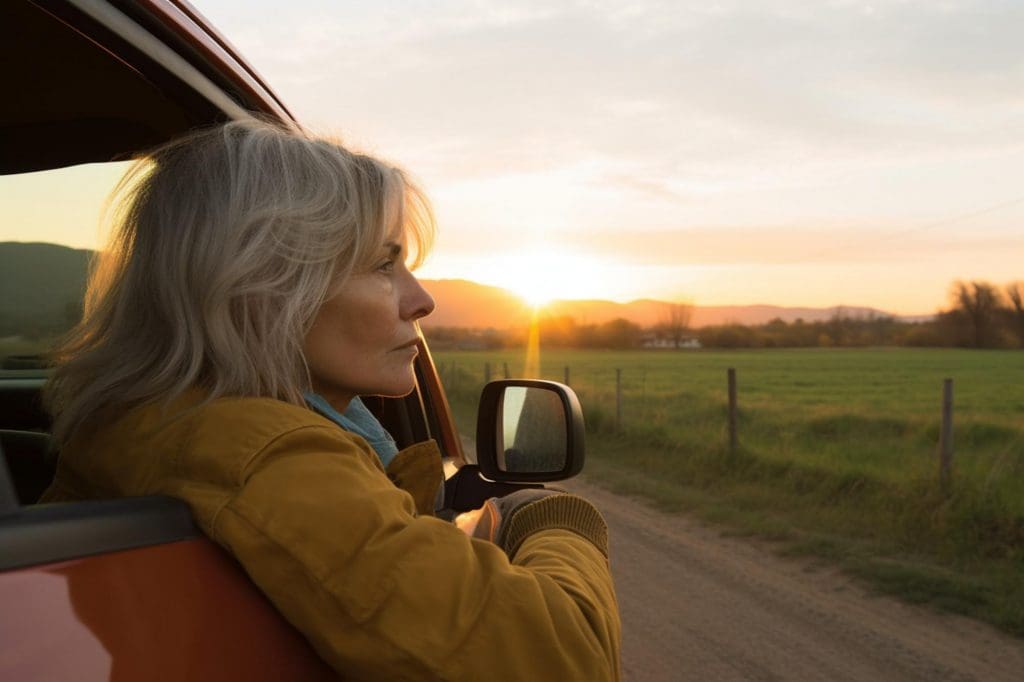Country lanes, coastal roads, and big weekly miles — rural Ireland asks tougher questions of electric cars. Can today’s charging networks and smarter planning put range anxiety to bed for good?
The Rural Reality: Fewer Plugs, Longer Distances
Rural drivers typically cover longer weekly mileage, travel at higher average speeds, and rely on fewer public chargers. That mix magnifies any weak spots in planning and availability. If your nearest rapid charger is 25 km away, you need confidence it’s online, accessible and fairly priced when you arrive.
This is where roaming access, live status, and transparent tariffs matter. With a single app that spans multiple networks, rural drivers can widen their charging options and reduce the “will it work?” worry at the end of a long day.
What’s Improving — and What Still Needs Work
- Coverage is expanding: New public chargers continue to roll out along national routes and regional towns, improving inter-urban resilience.
- Open standards help: Wider adoption of roaming and open protocols means more networks talk to each other — and to your chosen app.
- Data quality matters: Accurate live status (available/occupied/out-of-service) is crucial when the next charger could be far away.
For rural areas, reliability beats raw speed: a dependable 50–100 kW unit you can count on often trumps a theoretical ultra-rapid that’s frequently congested or offline.
Home Charging: The Rural Superpower
If you can install a home charger, rural EV ownership gets dramatically easier. Overnight charging turns your driveway into a private “fuel station,” cutting costs and eliminating most weekly detours. Before you buy, check your site conditions (earthing, parking location, cable runs) and local planning considerations.
For renters or homes without off-street parking, destination charging (workplaces, supermarkets, sports grounds, hospitality) fills the gap — especially when paired with an app that lets you start/stop and pay in one place.
Route Planning for Rural Life
Build Your Personal “Charging Chain”
Mark 3–6 dependable chargers along your most common routes: nearest town, weekly supermarket, kids’ training, work hub, and your long-trip midpoint. Save them as favourites in the app.
Plan by Time, Not Just Power
A 75 kW charger that’s usually free can beat a 150 kW that’s often busy. Rural driving is about certainty as much as speed.
Arrive with a Buffer
Target arrival at 15–20% state of charge on rural trips. That gives you room for detours, weather swings and unexpected queues.
Use Live Status & Tariffs
Check availability and price before you set off. If a site looks busy or costly, reroute to the next point in your chain.
Weather, Roads and Real-World Range
Rural routes often include hills, poor surfaces and colder microclimates — all of which can nibble range. Keep tyres properly inflated, pre-condition the cabin while plugged in, and use eco modes on long, exposed sections. In winter, shorter top-ups more often can be smarter than deep charges you don’t need.
How ONEEV Reduces Rural Range Anxiety
- One app, many networks: Roaming access means more places to plug in without creating multiple accounts. Start, stop and pay in-app.
- Transparent pricing: See live per-kWh rates before you plug in — plan by value, not guesswork. Learn more.
- Live status & filters: Find available chargers with the right connector and power level. Save your “charging chain” favourites.
- Lifestyle rewards: Earn perks on everyday charging with ONEEV Rewards.
New to EVs? Explore step-by-step guides in ONEEV Insights and build confidence fast.
Helpful Resources for Irish EV Drivers
Policy, planning and grants evolve. For official guidance and updates, check:
- Gov.ie — national policy and consumer guidance.
- SEAI — energy, home charger grants and efficiency tips.
- Transport for Ireland — public transport and mobility info that can complement EV journeys.
FAQs
Can I run an EV in rural Ireland without a home charger?
Yes, but planning helps. Build a personal map of reliable public chargers and use an app with roaming, live status and transparent pricing.
Are ultra-rapid chargers essential for rural drivers?
Not always. Consistent 50–100 kW access you can trust often beats a faster unit that’s congested or offline.
How much range buffer should I keep on rural trips?
Aim to arrive at chargers with 15–20% remaining to allow for weather, diversions and queues.
